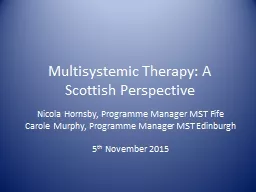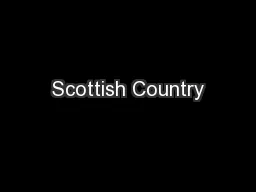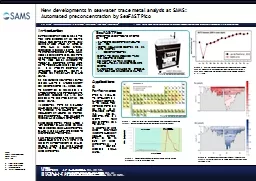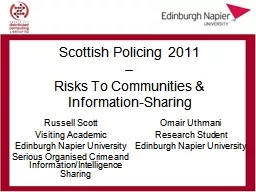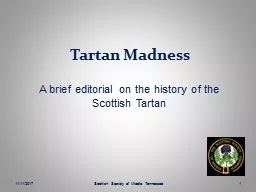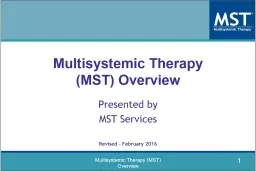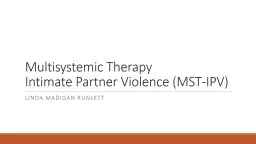PPT-Multisystemic Therapy: A Scottish Perspective
Author : danika-pritchard | Published Date : 2016-09-06
Nicola Hornsby Programme Manager MST Fife Carole Murphy Programme Manager MST Edinburgh 5 th November 2015 What is Multisystemic Therapy Community based family driven
Presentation Embed Code
Download Presentation
Download Presentation The PPT/PDF document "Multisystemic Therapy: A Scottish Perspe..." is the property of its rightful owner. Permission is granted to download and print the materials on this website for personal, non-commercial use only, and to display it on your personal computer provided you do not modify the materials and that you retain all copyright notices contained in the materials. By downloading content from our website, you accept the terms of this agreement.
Multisystemic Therapy: A Scottish Perspective: Transcript
Download Rules Of Document
"Multisystemic Therapy: A Scottish Perspective"The content belongs to its owner. You may download and print it for personal use, without modification, and keep all copyright notices. By downloading, you agree to these terms.
Related Documents

